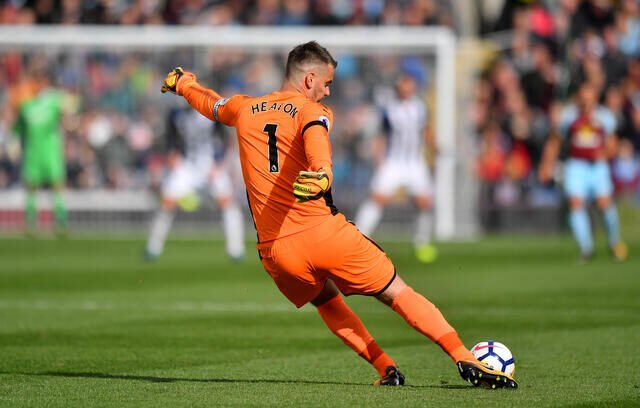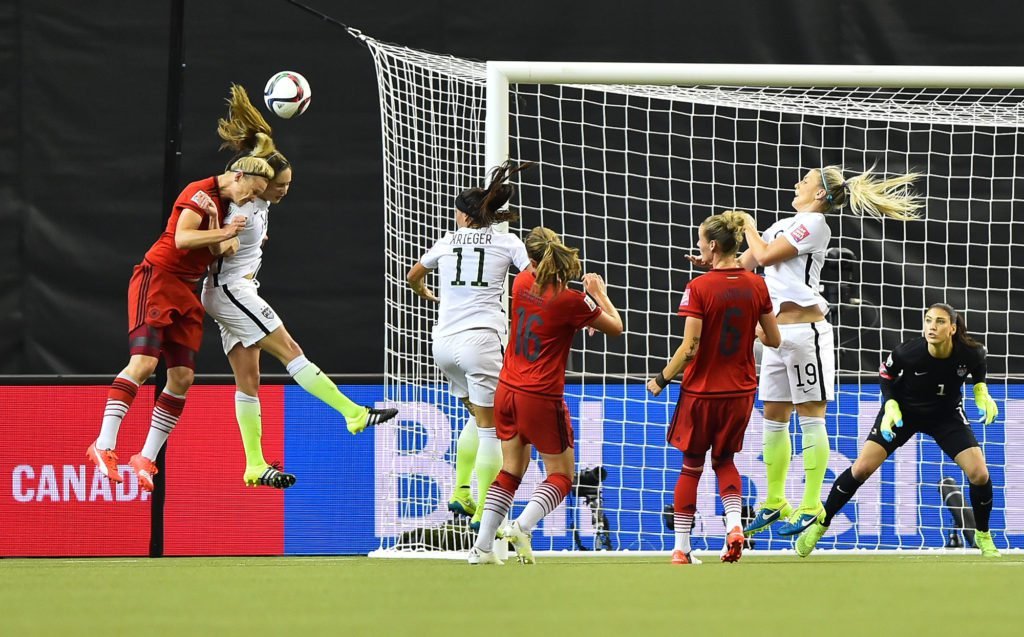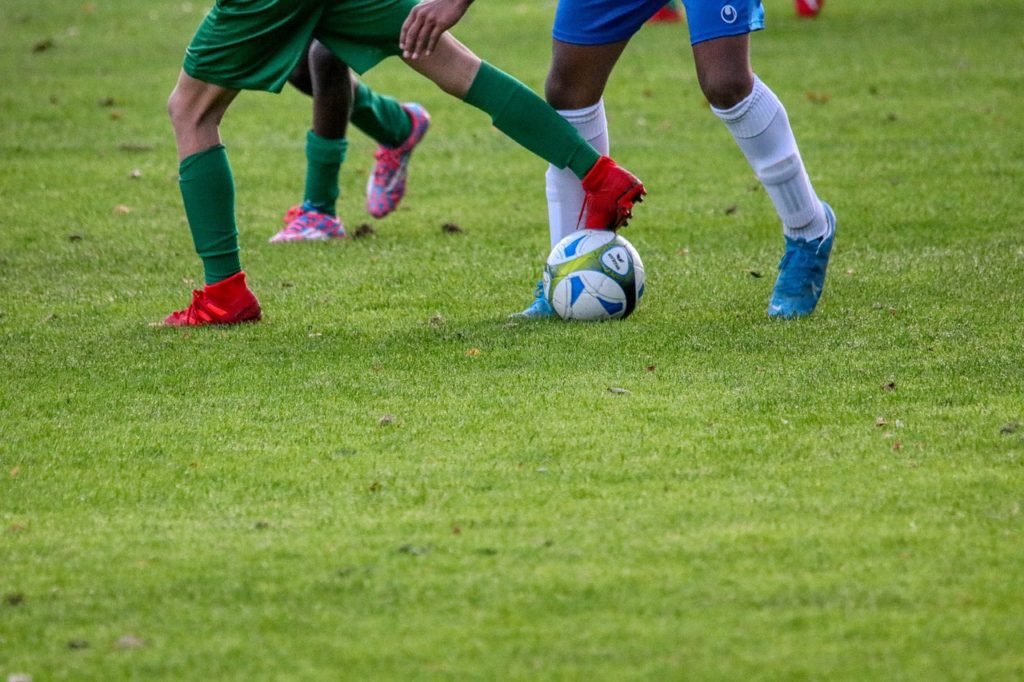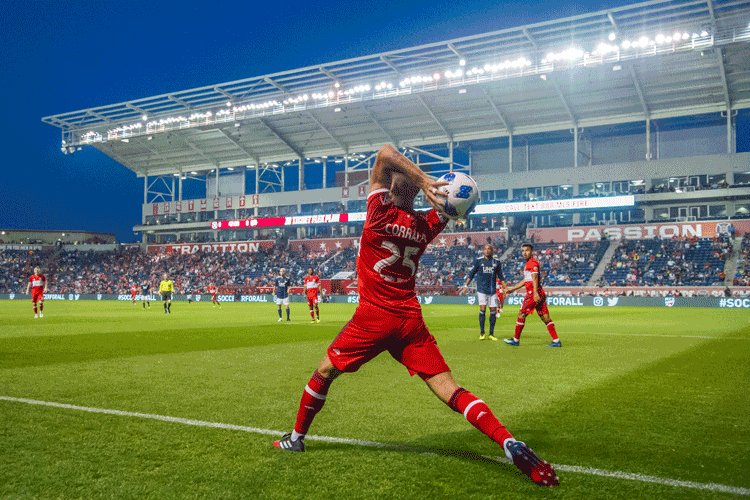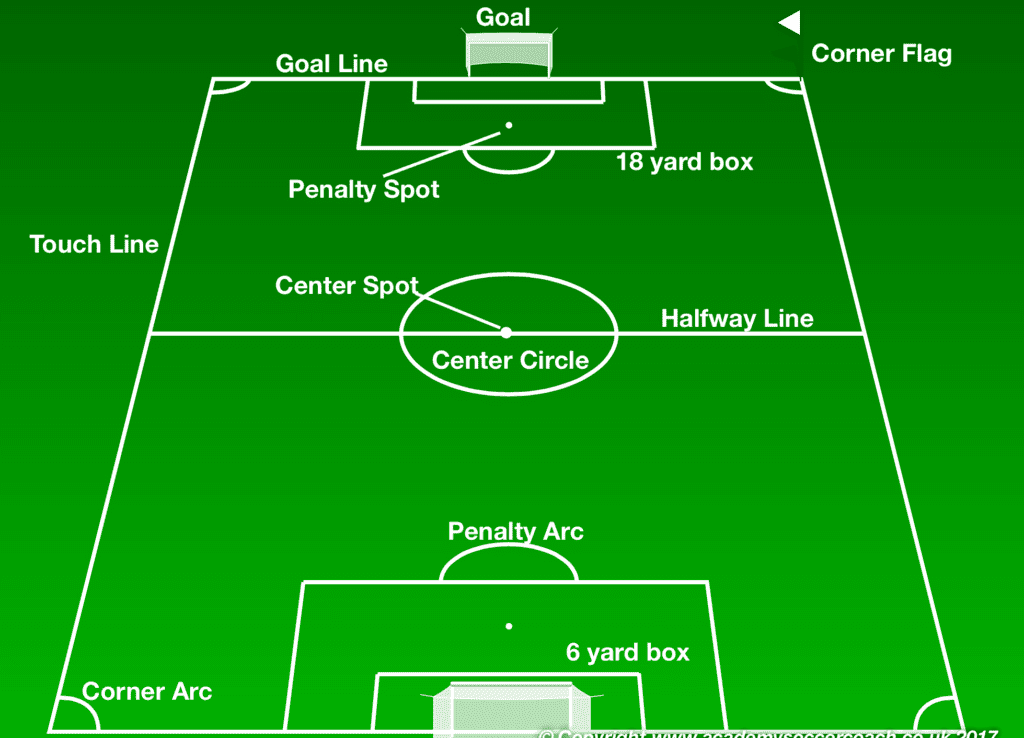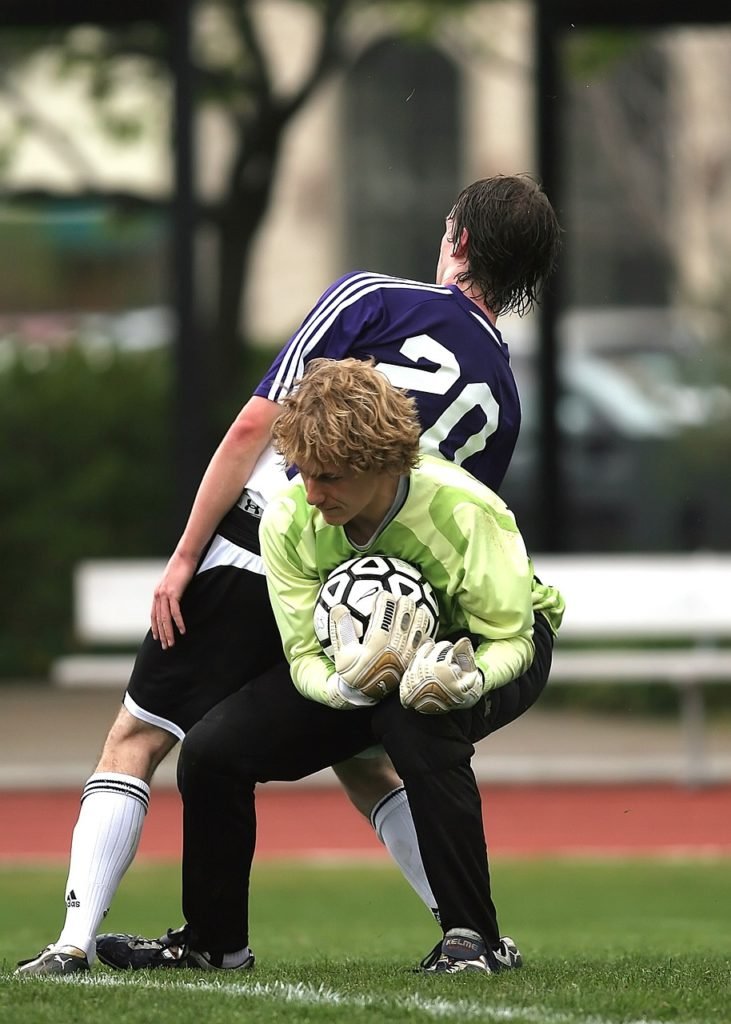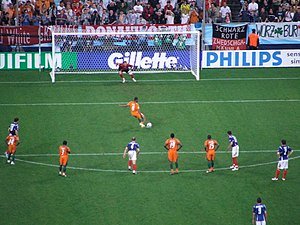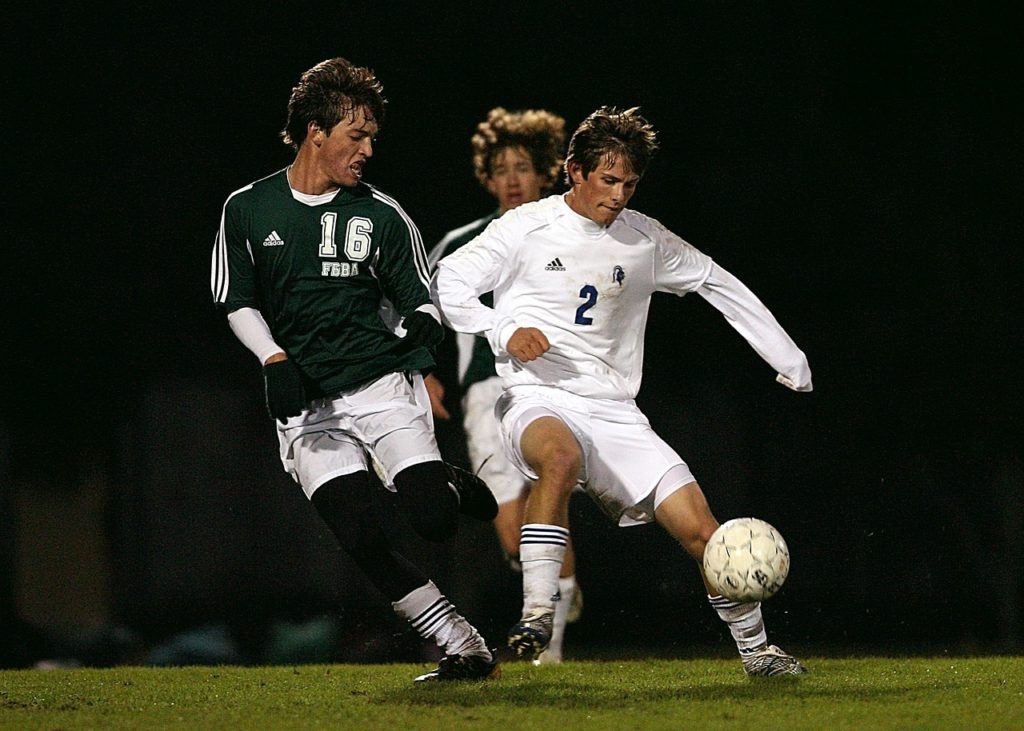What Makes A Good Soccer Parent?
As a soccer parent, you have the opportunity to help your child develop essential life skills such as teamwork, hard work, and sportsmanship. Being a supportive soccer parent can make all the difference in your child’s soccer experience.
However, it’s not always easy to know how to be a good soccer parent. In this article, we’ll cover some important tips and guidelines that can help you support your child’s development both on and off the field.
Parental involvement in youth sports is essential for a child’s success and enjoyment of the sport. As a soccer parent, there are several things that you can do to ensure that your child has a positive experience playing soccer.
One of the most important things you can do is show up to games and practices regularly. This shows your child that you are invested in their development as an athlete and as a person.
Soccer etiquette is also an important aspect of being a good soccer parent. Knowing when to cheer, when to stay quiet, and how to behave on the sidelines is crucial for creating a positive environment for your child and their teammates.
It’s also important to remember that you are representing your child’s team when you attend games – so be sure to act respectfully towards other parents, referees, coaches, and players. Promoting effort in sports is another key responsibility of being a good soccer parent.
By focusing on effort rather than just winning or losing, you can encourage your child to develop resilience and determination – qualities that will serve them well both on and off the field. Additionally, by promoting effort over outcomes, children are more likely to enjoy themselves playing sports because they don’t feel too much pressure from their parents.
Soccer parent tips abound but one fundamental tip that all parents should remember is never yelling at coaches or referees during games. This behavior creates negative energy on the field which affects everyone – especially young athletes who may get disheartened by witnessing such interactions between adults.
It is important to remember that the coach is there to teach the kids and guide their development, while the referee is there to ensure fairness and safety for everyone involved. Soccer parent guidelines can vary from team to team, but one rule that never changes is always showing respect in youth sports.
Regardless of what happens on the field, it’s important to remember that everyone is there because they have a shared love of soccer. By showing respect towards other players, coaches, referees, and parents – even when things get tense – you can help create a positive environment for everyone involved in your child’s soccer experience.





